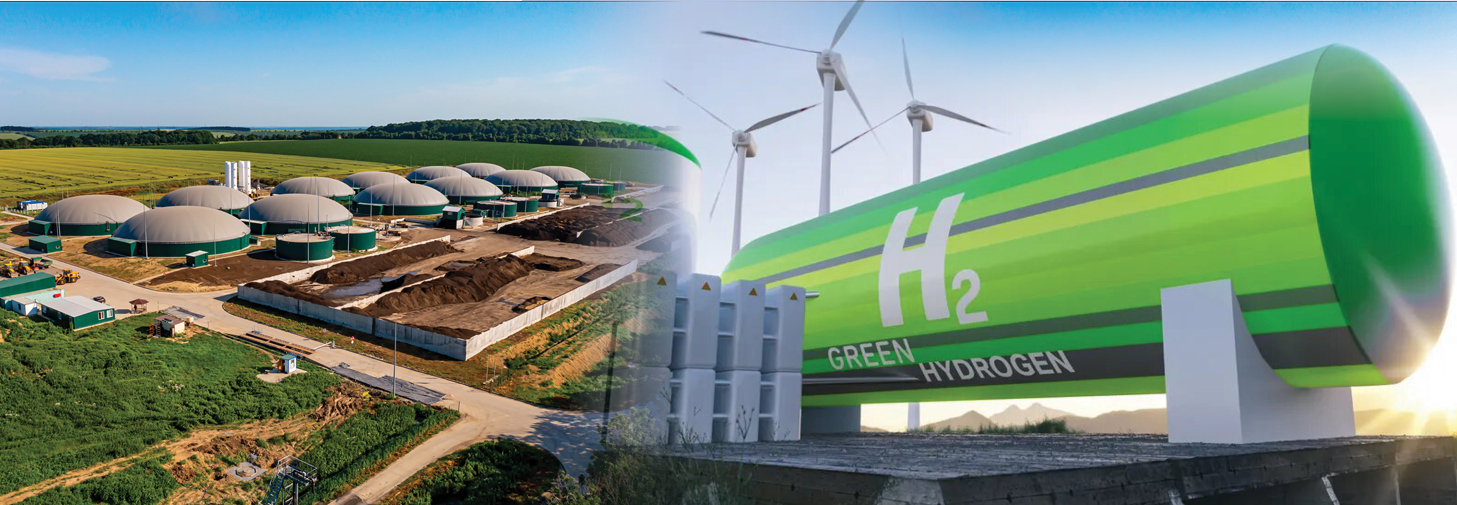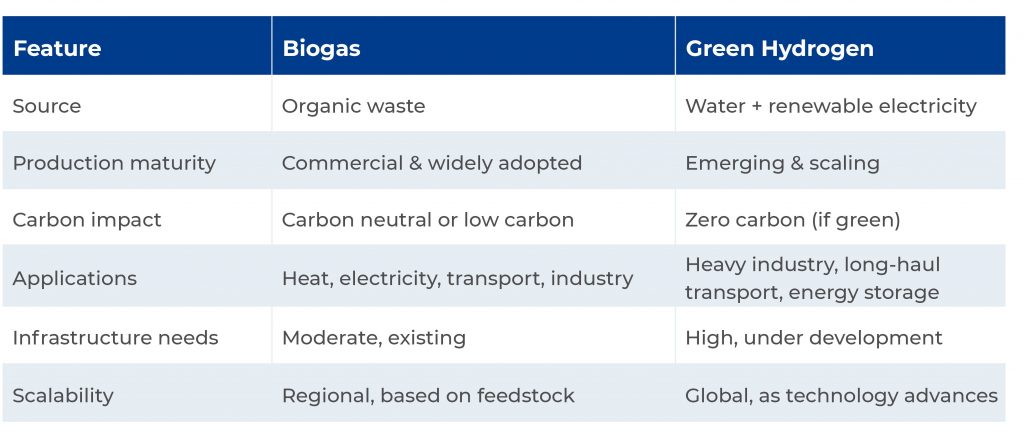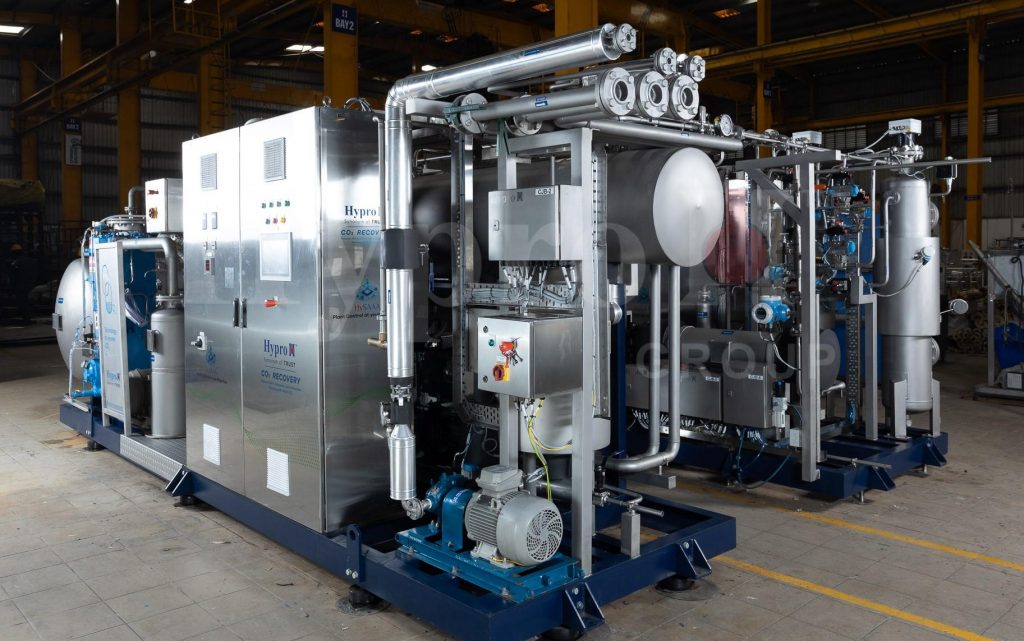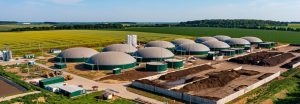#CO2 #Biogas #GreenHydrogen #Sustainability #CarbonNeutral
Biogas vs Green Hydrogen: Companions or Competitors in the Clean Energy Revolution?
The global energy transition is accelerating as governments and industries seek cleaner alternatives to fossil fuels. In this race toward a sustainable future, two renewable fuels often enter the spotlight: Biogas and Green Hydrogen. Both offer unique paths to decarbonization, but the debate persists – are these fuels competitors battling for dominance, or complementary forces working together to power a greener tomorrow?

In this blog, we’ll dive into the key differences between biogas and green hydrogen, analyze their advantages, explore how they fit into the larger clean energy puzzle, and most importantly, understand where biogas stands in the future energy mix.
Understanding Biogas: Turning Waste into Wealth
Biogas is a renewable energy source produced through anaerobic digestion – a natural process where organic materials like agricultural residues, food waste, sewage sludge, and animal manure break down in oxygen-free environments. The result is a methane-rich gas that can be directly used for heating, electricity generation, and vehicle fuel (after purification into Bio-CNG).
What makes biogas especially valuable is its dual role: not only does it generate clean energy, but it also solves significant waste management challenges. In an era where organic waste is piling up worldwide, biogas presents a practical solution by transforming waste into power while reducing methane emissions from landfills.
Key Benefits of Biogas
- Circular economy champion: Recycles organic waste into usable energy and fertilizer (digestate).
- Carbon neutrality: Emissions from biogas are offset by the carbon absorbed during the growth of the original organic materials.
- Energy accessibility: Biogas plants are scalable, serving everything from rural farms to large industrial plants.
- Economic opportunities: Local biogas production supports rural economies and reduces reliance on imported fossil fuels.
Biogas is a ready-now technology with thousands of successful projects worldwide, making it a vital part of today’s energy landscape.
What is Green Hydrogen?
Unlike biogas, green hydrogen isn’t derived from organic matter. Instead, it’s produced through electrolysis, where renewable electricity (from solar, wind, or hydro power) splits water molecules into hydrogen and oxygen. The hydrogen can then be used as a zero-carbon fuel across multiple sectors, including transportation, industrial heating, and electricity storage.
What makes green hydrogen so exciting is its versatility and scalability. It has the potential to decarbonize industries that are otherwise difficult to clean up, such as steel, cement, and chemical production. Hydrogen is also highly energy-dense, making it suitable for heavy-duty transport, like shipping, aviation, and long-haul trucking.
Key Benefits of Green Hydrogen
- Zero emissions: When used, hydrogen produces only water vapor as a byproduct.
- Decarbonizes hard-to-abate sectors: Critical for industries where electrification is not practical.
- Long-term energy storage: Stores excess renewable energy for future use.
- Supports the hydrogen economy: Offers a pathway to a fully hydrogen-powered industrial ecosystem.
However, green hydrogen is still in its early days. High production costs, storage challenges, and a lack of infrastructure are holding back mass adoption.
Biogas vs. Green Hydrogen: A Comparative View
To understand whether these fuels are companions or competitors, let’s compare them side by side:

While their methods and uses differ, both fuels offer critical paths to reducing carbon emissions and transitioning away from fossil fuels.
Companions, Not Competitors
It’s tempting to view biogas and green hydrogen as competing solutions for the same clean energy future. But in reality, these fuels can (and should) complement each other.
How Biogas and Green Hydrogen Work Together
Key Benefits of Green Hydrogen
- Integrated clean energy hubs: Biogas plants can provide renewable CO2, which is valuable for hydrogen methanation to produce synthetic methane.
- Energy security: While green hydrogen balances intermittent renewable electricity, biogas ensures stable base-load power from waste streams.
- Complete decarbonization: Combining both fuels in industrial and transport applications creates diverse, reliable, and fully decarbonized energy systems.
This synergy means that regions can design tailored solutions, using biogas where organic waste is abundant and green hydrogen where renewable electricity surpluses exist.
Hypro’s Role in CO2 Recovery from Enriched Biogas

Where Biogas Stands Today
Biogas has one major advantage over green hydrogen: it’s available now. Globally, thousands of biogas plants are operational, especially in countries with strong agricultural sectors like Germany, India, Brazil, and the United States.
In regions facing immediate waste management crises and energy access challenges, biogas is the most practical and cost-effective solution. Programs like India’s SATAT initiative (Sustainable Alternative Towards Affordable Transportation) aim to build a robust Bio-CNG ecosystem, replacing diesel in transport and supporting rural economies.
As a result, biogas isn’t just a transitional fuel – it’s a permanent pillar of the clean energy landscape, with ongoing innovations in upgrading, storage, and distribution.
The Future of Renewable Fuels
The clean energy transition isn’t about picking one perfect solution—it’s about assembling a diverse portfolio of technologies that work together to meet local needs, economic realities, and environmental goals.
In the future:
Biogas will dominate decentralized, waste-based energy systems, delivering local power and transport fuel. Green hydrogen will excel in heavy industries, international shipping, and long-duration energy storage. The real win comes when we stop asking “biogas vs green hydrogen” and start asking “how can we combine them for maximum impact?”
Final Thoughts
Biogas and green hydrogen are not competitors fighting for the same piece of the pie. They’re teammates, each bringing unique strengths to the clean energy race. By embracing both, we can accelerate the shift to net-zero emissions, promote circular economies, and build a resilient, sustainable energy future.
Related Posts
Advanced CO2 recovery technology for Biogas efficiency.
At Hypro, we have pioneered a cutting-edge solution for CO2 recovery from biogas, ensuring that this by-product is not wasted but instead repurposed for various...
Read MoreEngineering Sustainability
Hypro believes Earth Day is more than a moment - it’s a mission. From sustainability-driven innovations to CO₂ recovery and digital transformation, discover how Hypro...
Read MoreEnvironment First
On the World Environment Day, Hypro redefines the role of industry - not as a force that extracts, but as one that restores. With over...
Read More



